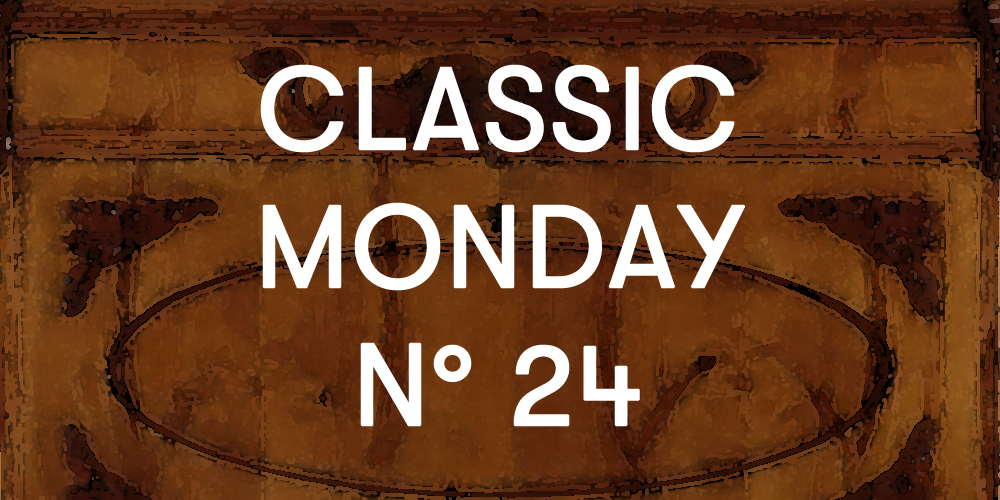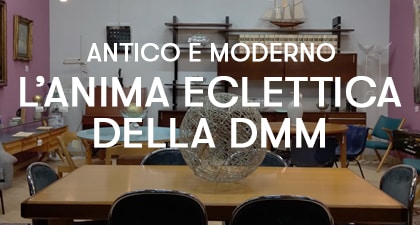
The Biedermaier style spread after the Congress of Vienna in 1814, much appreciated especially in Austrian and German countries.
It was born as a response to the previous Empire, remaining in vogue until the insurrectional movements of 1848, for this reason it was also called “style of the Restoration”.
The furniture produced in this period is actually characterized by the typical forms of the Empire, but the sumptuous decorativeness with bronzes and brass is replaced by simpler ornaments, if not even absent.
Often made of light woods, Biedermeier furniture becomes functional, adapting to the new needs of bourgeois homes, increasingly widespread following the industrial revolution.
This style wants to highlight the sobriety and moderation characteristic of the Restoration, contrary to the pomp and richness of the previous period.
An example of this production is the protagonist of our Classic Monday, an important secretaire in maple wood.

The shapes recall those of the secretaire Empire, as well as some decorative elements, such as the double pair of lions, especially the rampant and ebony ones, and the front feet that support the furniture, with feral features. But the opulence of the golden inserts and decorative woods that veneer the Impero furniture is now absent, it is a piece of furniture with solid architecture and simple decoration. In addition to the aforementioned felines, the secretaire is in fact adorned with a sober wooden carving with foliaceous volutes on the uprights and on the flap door of the front.



The scarabattolo inside, which has several drawers and secrets, recalls the celebratory motif Empire in the central part where, framed by two twisted columns, a door is decorated with a decal representing a man in military clothing, behind which you can see a flag in the colors of the Archduchy of Austria.
Furniture like ours was in great demand by the bourgeoisie, which also reflected in the choices of furniture the desire for normality and stability, especially after the tumultuous years of the French Revolution and the Napoleonic Empire.
The name Biedermeier to indicate the characteristic style of these years began to be used, in a not exactly celebratory way, starting from about 1850.

Bidermeier was in fact the protagonist of satirical stories in the Bavarian magazine “Fliegende Blätter”. He was a character born of revolutionary ideals, but who is forced to surrender to the will of the powerful creating, in order to survive, his own fictitious bubble of harmony, distinguishing himself for the naivety that characterizes him. Bidermeier is in fact made up of the crasis of “bieder” (ie “simpleton”, but also “honest”) and “Meier”, one of the most common German surnames.
Here Biedermeier becomes the ideal representative of the average German citizen in the years of the Restoration, whose center becomes the house, no longer characterized by unbridled luxury, but comfortable and practical.
Biedermaier is the emblem of the man who adapts, now resigned, to events and decisions taken by others, greater than himself. One can well understand how, especially in the light of the insurrectional movements that shook the whole of Europe in 1848, the attitude of resignation of previous years, of adaptation and submission to the decisions of others, was seen as a negative aspect, to be laughed at, although rooted in the society (especially bourgeois) of the time. By extension, this name was used to indicate the art and style of furniture that distinguish the production of these years, characterized, as the term “bieder” indicates, by a certain simplicity but, at the same time, by solidity and integrity.













